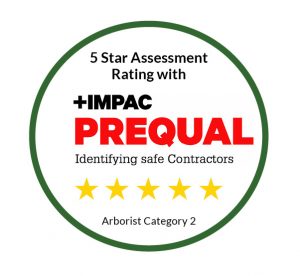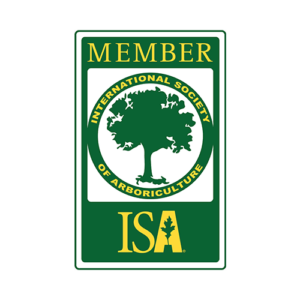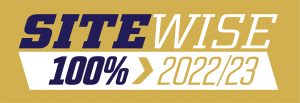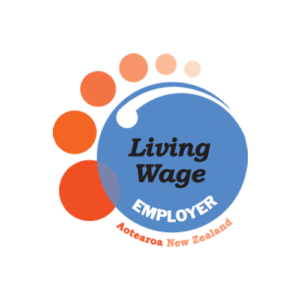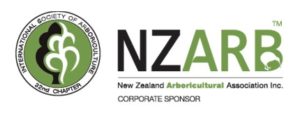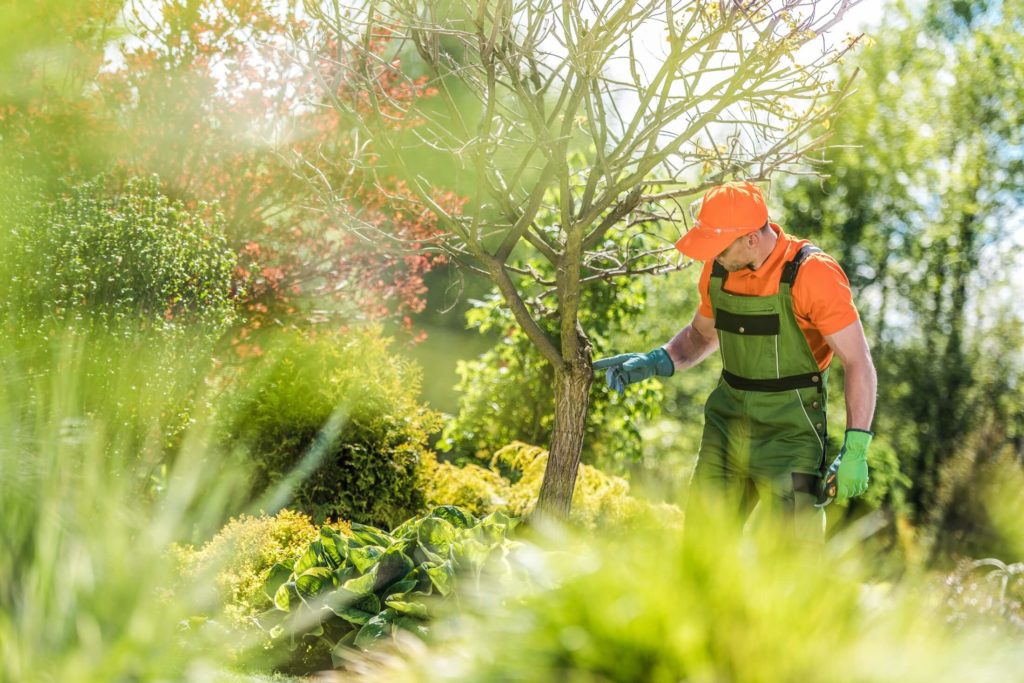
Straining your eyes? You can listen to this automated AI version of the article here:
As we go about our daily lives, we don’t always pay attention to our natural surroundings. The trees adding much-needed shelter and soil protection to our properties simply exist, and we may not notice that anything is wrong with them until it’s too late.Before they become a danger or potential hazard, take a moment to inspect your trees and look for signs of potential future problems. Any of the following issues could indicate that your tree is a danger and requires immediate expert intervention.
Broken or Hanging Limbs
Perhaps one of the most obvious signs that your tree or trees may be a hazard is broken, damaged, or hanging limbs. These branches can fall at any time, with an increased risk during high winds.
By requesting the services of an arborist, they can identify any splits or cracks that could signal branch breakage in the future. They can then decide on the best course of action to remedy the problem, which may involve removing the branch or branches in question.
Dead Limbs and Branches
Dead limbs and branches are an uncommon sight on a healthy tree, but they can be prevalent on an unhealthy one. Your tree may be a danger if you have identified dead or dying limbs and branches.
Sometimes, dead limbs aren’t immediately obvious, which is why even if you simply suspect you have an unhealthy and potentially dangerous tree, you should call the experts to confirm.
How Can You Tell If a Tree Has Root Damage?
You can tell if a tree has root damage by observing the symptoms that often appear, as the roots are mostly underground, and the damage may not be immediately visible.
You may notice that your tree’s foliage is thinning, experiencing limited growth, or producing undersized leaves. You may also see that some branches are dead or dying. Generally, the wilting of a tree is indicative of the tree not being able to take in much moisture through damaged roots.
Root damage is generally not an issue you want to leave to resolve itself because it won’t. Instead, it can cause your tree to become unstable over time, with the risk of complete tree failure in adverse weather conditions and storms.
What Does Unhealthy Bark Look Like?
Unhealthy bark can be identified by noting any discolouration, peeling, or signs of disease. Arborists are trained to recognise such formations and can provide expert advice on addressing these issues. Improper pruning can also cause damage to the bark and lead to unhealthy growth, so it’s important to contact a tree care expert for assistance with this task.
Suppose you notice any unusual changes in the bark of your tree. In that case, it’s best to seek the advice of a professional to determine the underlying cause and the appropriate action to take.
It Leans
A leaning tree is not necessarily an unhealthy or unsafe tree, but it may be a dangerous tree if it never used to lean.
When you speak to arborists about a leaning tree, they may ask how long it has been leaning for and whether it has changed. They might also perform tree safety assessments and encourage monitoring using measure points to see if it moves over time.
With this information, they can determine the most appropriate course of action to protect the tree and surrounding infrastructure. In some cases, that might include tree bracing or tree removal.
It’s Near Properties and Infrastructure
The unfortunate reality is that our dense urban environments don’t always work in harmony with large trees.
Tall, unhealthy, or overgrown trees near properties and infrastructure can be high risk, and plans must be put in place to protect the infrastructure and trees where possible.
Arborists can generally suggest a wide range of options, depending on your unique situation and tree condition, such as pruning, bracing, trimming, or removal as a last result.
If you plan on planting trees on your property, they can also offer suggestions on the best type of trees and the most appropriate places for them to be planted. With expert advice and tree maintenance throughout their lifetime, you may be able to reduce the risk of any tree-related issues in the years to come.
Find Out If Your Tree in Auckland is Dangerous
Pro Climb, your tree care experts in Auckland, can perform a tree inspection service or tree risk assessment to determine whether your tree is a danger to you, your property, and the surrounding properties and infrastructure. Don’t wait to get your tree the help it needs. Take preventative action for peace of mind.
